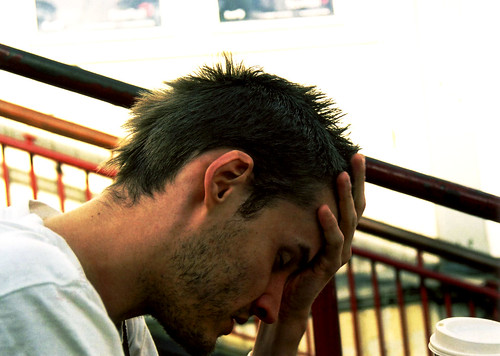This post was written by Tony Spezza, president of AAA Heating & Cooling, which has been providing central air conditioning and heating services in the Portland, Oregon area since 1961.
A central air conditioning unit does more than make your home feel comfortable during the warm summer months. It also helps keep the air dust- and allergen-free. To keep your cooling unit running safely and avoid a costly A/C repair bill, you should perform routine maintenance on it. The following simple tips will help you prevent issues like leaking and overheating – and help ensure the longevity and efficiency of your cooling system.
Central air conditioning safety tips include:
Don’t neglect the air filter. An A/C system’s air filter is one of the simplest things to forget about, but is crucial to the indoor air quality and efficiency of a system. When an air filter gets congested with pollen and dust, it doesn’t circulate air through the home very well, which can compromise indoor air quality. Depending on your air conditioner, you should wash or replace the air filter monthly or every two to three months. Take a look at the manufacturer’s instructions, and mark your calendar accordingly.
Clean the condensate drain. As an A/C unit cools the air, condensation forms and water drips into the drain. At the end of spring or beginning of summer, clean this water drain and inspect it for obstructions and leaks. In addition, make sure all the hoses fit properly. Immediately fix a blocked or damaged drain to avoid an expensive A/C repair bill, prevent water damage and reduce the risk of a safety hazard.
Clean and inspect the ducts. Keeping your ducts clean will help maintain indoor air quality by clearing out excess dust, pollen, mold spores, mites and microorganisms. Duct cleaning isn’t a DIY task; call in professionals who use special vacuum cleaners and tools. When you schedule the cleaning, have the ducts inspected for leaks. When ducts aren’t sealed well, they leak cool air into areas of the home that don’t need it. Consequently, your central air conditioning unit has to work harder and use more energy to keep your home comfortable.
Keep the air distribution registers unobstructed. The air distribution registers are the duct openings you find in your ceiling, walls or floors; it’s where cool air enters the rooms. Identify the registers in your home and make sure they aren’t blocked by carpets, furniture, curtains or other items.
Clear the area around the condenser unit. The A/C’s condenser unit is the box on the side of your home. Its job is to move the warm air out of your home with the help of a fan. A set of coils within the unit help with the exchange of heat. Regularly remove weeds and trim back plants that grow around the condenser so they don’t block the flow of air. To clean the condenser, use a soft brush (not a hose) to remove dust and dirt. An A/C repair expert can show you how to do this for your specific model.
A central air conditioner is an investment in your home. With regular maintenance, the cooling system will cost less to use, be more efficient, last longer and require fewer repairs. To learn more safety and maintenance tips, contact a local heating and cooling professional.
